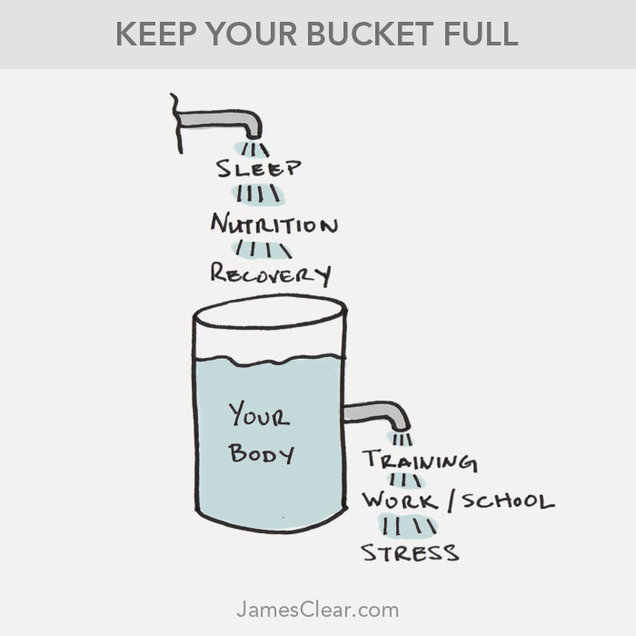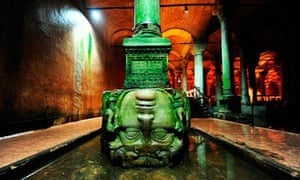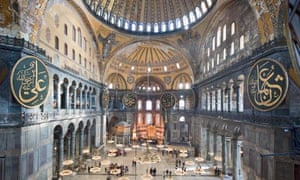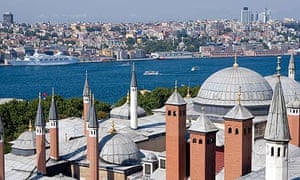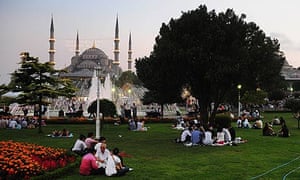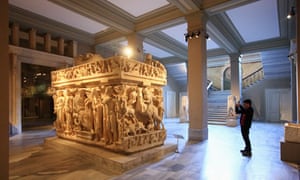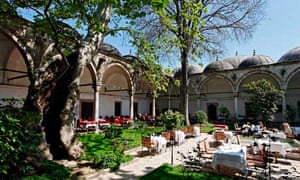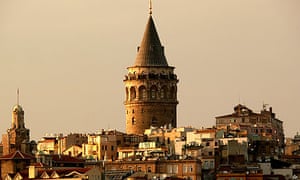Assalamualaikum ... and welcome to My Biodata
Background
My name is Muhammad Afifuddin Bin Musameh and I'm 22 years old. Most of my friend call me Afif but my family call me Pudin. I was born on 11st October 1993 in Hospital Besar Kuala Terengganu. I have 7 siblings including me, 1 brother and 5 sisters. As you all might guess, I'm the fourth in the family. I live in Kampung Banggol Tasek, Bukit Payong,Marang, Terengganu.
Parents & Siblings
My father's name is Musameh Bin Jusoh. He's 57 years old. My father's job is government servant. My mother's name is Salmiah Binti Abd Manaf. She's 49 years old. My mother is a full-time housewife since he got married to my father. Both my parents have been dedicated their lives in raising the 7 of us and ensure that we become successful individuals in this world and hereafter. I thank God to have such great parents.
The eldest among my siblings is my sister, Nurul Iftitah. He's 28 years old and already married. He has been blessed with 1 son. He graduated from Universiti Malaya in medical. He now works as Temporary lecturer at University Malaya. The second one is Nurul Afifah. She's 26 years old. She got her first degree which is Da'wah from Universiti Sultan Zainal Abidin Kuala Terengganu (UNISZA). Then recently, she have been studying at Universiti Kebangsaan Malaysia in course Da'wah too. The third one is my another sister, Nurul Iftitah. She's 24 years old and still single. She graduated from Universiti Mu'tah, Jordan in Usuluddin and Arabic language. My brother Faizuddin is the third-last one in my family. He's 20 years old. He is still single and have been studying at International Islamic University Malaysia in Islamic Law. The second-last one in my family is my sister,Nurul Najibah, she have been studying in secondary school at Sma(a)sza Batu Buruk, Kuala Terengganu and the last one is Nurul Syahirah and still studying in secondary school at Sma Khairiah,Terengganu.






